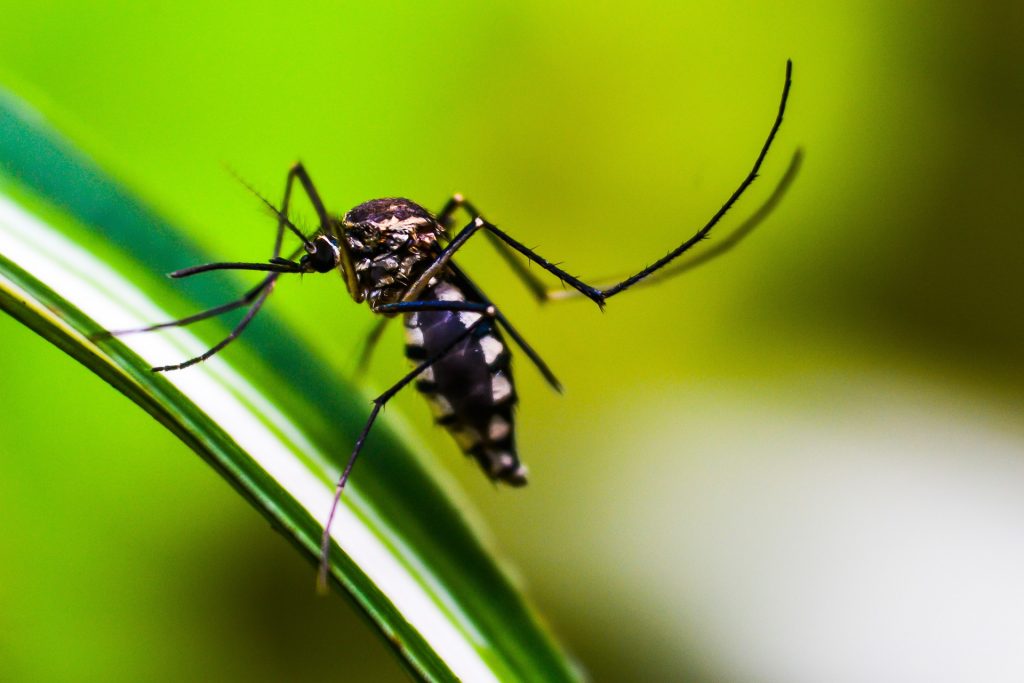Imagine the busy streets of poor neighbourhoods, where laughter mixes with efforts to fight hunger and illness in silence. In such kind of environment, malnutrition remains pervasive due to poor eating habits that cannot offer immunity against ever emerging diseases. Nevertheless, hope still triumphs in tribulations—an emblem of group work lighting the way for better lives ahead.
It is important to understand how malnutrition makes people vulnerable to illnesses such as visceral leishmaniasis since this condition is one such disease that poses serious risks to international public health, especially in regions affected by poverty characterized by low standards of living and poor diet quality.
Poverty characterized by low standards of living and poor diet quality
The Relationship between Malnutrition and Kala Azar:
Kala azar is a deadly disease caused by protozoan parasites. People become malnourished because their body is infected with these parasites which results in them having weakened immunity against various forms of infections thus making it easy for them to contract kala azar. A malnourished individual infected with kala azar may develop complications which might even lead to death if not taken care of appropriately in time.
· Nutritional Interventions:
Nutrition supplement interventions are important for enhancing the body defense against “kala azar”. The provision of trace elements fortified food micronutrient and therapeutic feeding could be particularly useful in improving the nutritional status of groups at high risk of infection thereby boosting their immune system.
· Disease Control Measures:
Prevention of transmission depends on controlling the population of sandflies through vector reduction interventions, early detection and treatment of cases could help reduce further spread of kala-azar. Disease prevention strategies are largely dependent on; information dissemination, knowledge sharing among communities and sensitization campaigns.
· Addressing Socio-Economic Factors:
Prevalence of malnutrition and kala azar is caused by such socio-economic determinants as poverty, inadequate healthcare infrastructure and lack of clean water. Long-term prevention requires sustainable development initiatives, which concentrate on enhancing living conditions and increasing access to education as well as healthcare.
For effective combating of Kala Azar, a comprehensive approach is required. Combining nutritional treatments together with strategies for dealing with the ailment as well as introduction of socio-economic empowerment activities would serve to reduce the impact of acute malnutrition and communicable diseases within populations that are susceptible to them. Effective health outcomes could therefore be reached through cooperation between governments, NGOs (Non-Governmental Organizations) dealing in health care services and the local communities.

